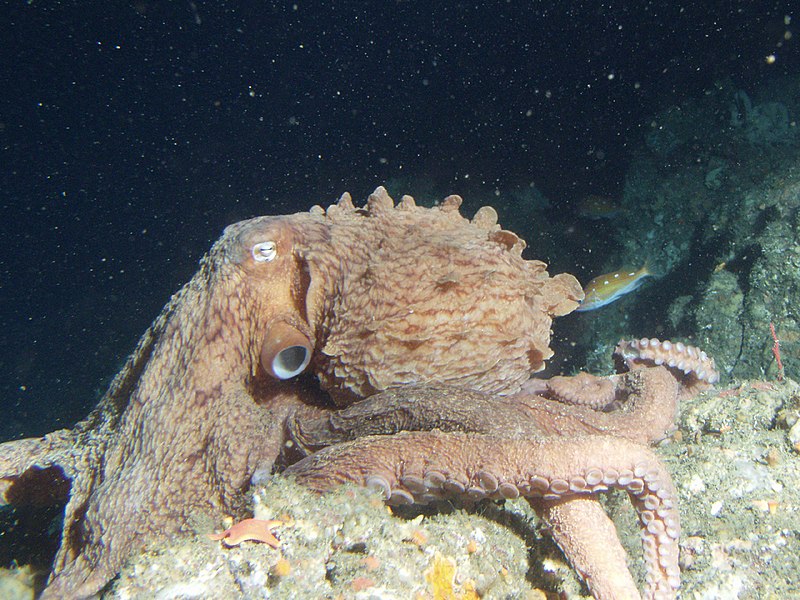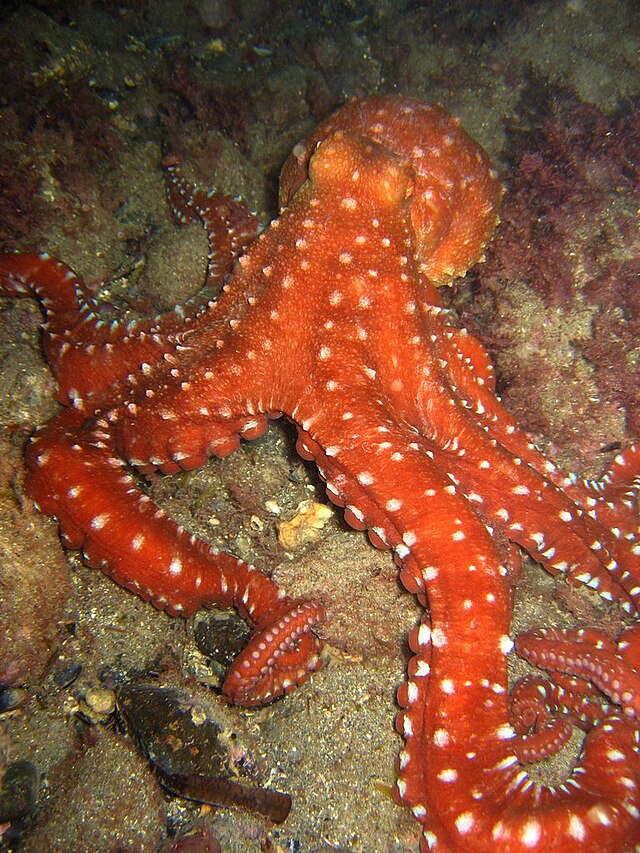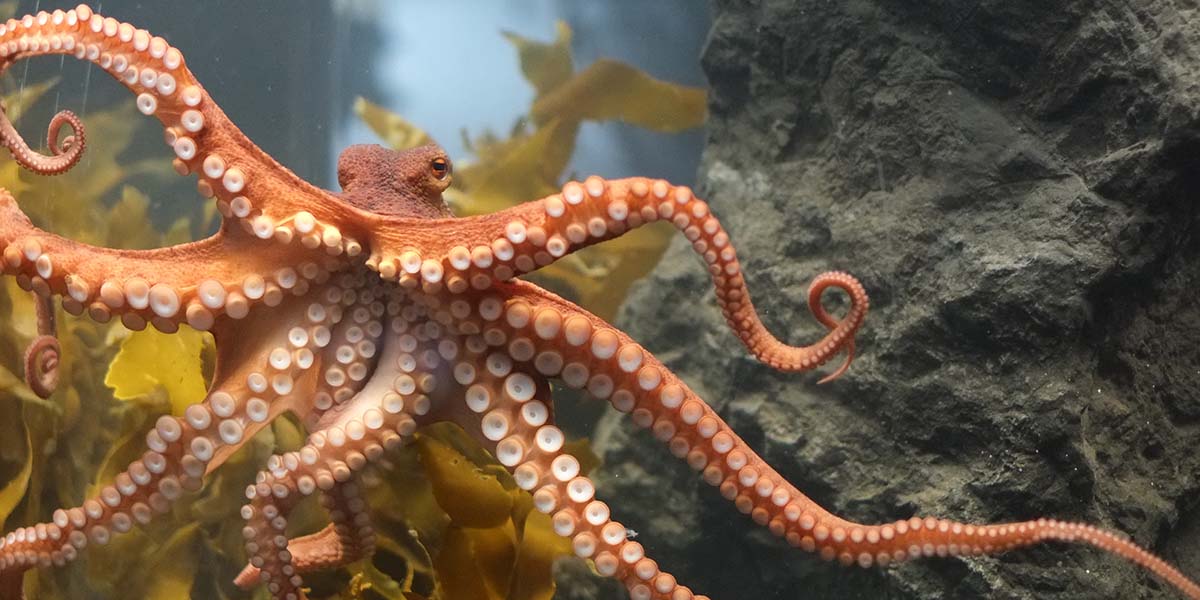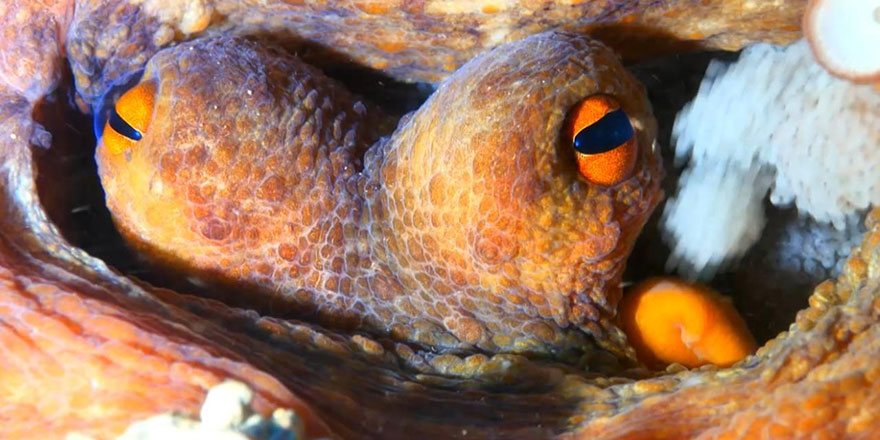"A Comprehensive Exploration of Octopuses: Biology, Behavior, and Evolution"
"A Comprehensive Exploration of Octopuses: Biology, Behavior, and Evolution"
Abstract:
Octopuses, members of the class Cephalopoda, are fascinating creatures that inhabit diverse marine environments across the globe. This comprehensive review delves into the intricate biology, intricate behavior, and evolutionary adaptations of octopuses. Beginning with an overview of their taxonomic classification and phylogenetic relationships, this article explores their unique morphology, physiology, and reproductive strategies. Furthermore, it examines the sophisticated cognitive abilities and complex behaviors displayed by octopuses, shedding light on their problem-solving skills, communication methods, and predatory tactics. The evolutionary history of octopuses is also discussed, highlighting key adaptations that have allowed them to thrive in various ecological niches. Finally, the conservation status and ongoing research efforts aimed at unraveling the mysteries of these enigmatic creatures are addressed.
Table of Contents:
- Introduction
- Taxonomy and Phylogeny of Octopuses
- Morphology and Physiology
- Reproduction and Life Cycle
- Cognitive Abilities and Behavior
- Communication and Social Interactions
- Feeding Ecology and Predatory Strategies
- Adaptations to Environment and Habitat
- Evolutionary History of Octopuses
- Conservation Status and Threats
- Future Directions in Octopus Research
- Conclusion

1. Introduction:
Octopuses, with their distinctive appearance and remarkable intelligence, have captivated the curiosity of humans for centuries. These cephalopods belong to the class Cephalopoda, which also includes squids, cuttlefish, and nautiluses. Unlike their shelled relatives, octopuses possess soft bodies and are renowned for their ability to change color and texture, as well as their adeptness at maneuvering through complex underwater environments. In this article, we embark on a journey to unravel the mysteries surrounding these fascinating creatures, exploring their biology, behavior, and evolutionary history.
2. Taxonomy and Phylogeny of Octopuses:
Octopuses belong to the order Octopoda and are further classified into numerous families and genera. Their taxonomic classification has undergone revisions over the years, reflecting advances in molecular phylogenetics and anatomical studies. Recent molecular analyses have provided insights into the evolutionary relationships among octopus species, shedding light on their diversification and dispersal patterns across different ocean basins.
3. Morphology and Physiology:
The anatomy of octopuses is characterized by several distinctive features, including a soft body with eight arms lined with suckers, a highly developed brain encased in a cartilaginous cranium, and a beak-like mouth located at the center of their arms. Their unique physiology enables them to thrive in diverse marine habitats, from shallow coastal waters to the abyssal depths of the ocean floor. Key adaptations, such as chromatophores for camouflage and jet propulsion for locomotion, contribute to their success as predators and prey in marine ecosystems.
4. Reproduction and Life Cycle:
Octopuses exhibit a variety of reproductive strategies, ranging from semelparity to iteroparity, depending on species and environmental conditions. Mating behaviors often involve elaborate displays and courtship rituals, with males transferring sperm packets to females using specialized arm structures called hectocotyli. After mating, females lay large clutches of eggs, which they guard and aerate until hatching. The parental care exhibited by some octopus species represents a significant investment of time and energy, ensuring the survival of offspring in challenging marine environments.
5. Cognitive Abilities and Behavior:
Octopuses possess remarkably sophisticated cognitive abilities, including problem-solving, tool use, and observational learning. Their behavior is characterized by curiosity, exploration, and adaptability, with individuals exhibiting complex responses to novel stimuli and environmental changes. Studies have demonstrated the capacity of octopuses to solve puzzles, navigate mazes, and manipulate objects with precision, highlighting their advanced cognitive skills and flexible problem-solving strategies.
6. Communication and Social Interactions:
While octopuses are primarily solitary animals, they engage in complex social interactions during mating and territorial disputes. Communication among conspecifics involves a repertoire of visual signals, tactile cues, and postural changes, facilitating mate recognition, aggression, and courtship rituals. Chemical cues released into the water may also play a role in mediating social behaviors, although further research is needed to elucidate the mechanisms underlying octopus communication.
7. Feeding Ecology and Predatory Strategies:
As voracious predators, octopuses employ a variety of hunting techniques to capture prey, including ambush predation, camouflage, and mimicry. Their diverse diet consists of crustaceans, mollusks, fish, and other marine organisms, with specialized adaptations for handling different types of prey. The ability to paralyze prey with venomous saliva and manipulate objects with their dexterous arms enables octopuses to secure food efficiently and effectively in their aquatic environment.
8. Adaptations to Environment and Habitat:
Octopuses have evolved a range of adaptations to suit their specific ecological niches, from shallow coastal waters to deep-sea hydrothermal vents. Variations in body shape, coloration, and behavior reflect the diverse habitats occupied by different octopus species, highlighting their remarkable ecological flexibility and evolutionary plasticity. Molecular studies have provided insights into the genetic basis of adaptation, revealing genes associated with camouflage, thermoregulation, and sensory perception in octopus genomes.
9. Evolutionary History of Octopuses:
The evolutionary history of octopuses spans hundreds of millions of years, with fossil evidence dating back to the Devonian period. Molecular clock analyses suggest that octopuses diverged from their cephalopod relatives during the Mesozoic era, undergoing rapid radiation and speciation in response to changing environmental conditions. Key innovations, such as the development of complex eyes and sophisticated nervous systems, have contributed to the success of octopuses as apex predators in marine ecosystems.
10. Conservation Status and Threats:
Despite their ecological importance and cultural significance, many octopus species face threats from human activities, including overfishing, habitat destruction, and climate change. Unsustainable fishing practices, such as bottom trawling and bycatch, pose significant challenges to octopus populations worldwide, leading to declines in abundance and genetic diversity. Conservation efforts aimed at protecting octopus habitats, implementing fisheries management measures, and promoting sustainable seafood consumption are essential for safeguarding these iconic marine animals for future generations.
11. Future Directions in Octopus Research:
Advances in technology, such as underwater robotics, remote sensing, and genomic sequencing, hold promise for advancing our understanding of octopus biology and ecology. Collaborative research initiatives, interdisciplinary approaches, and citizen science programs can help address knowledge gaps and promote conservation efforts for octopuses and their marine habitats. By integrating scientific research with public outreach and education, we can foster greater awareness and appreciation for these enigmatic creatures and the ecosystems they inhabit.
12. Conclusion:
In conclusion, octopuses are extraordinary animals with a rich diversity of biological, behavioral, and evolutionary adaptations. From their intricate morphology and physiology to their complex cognitive abilities and social behaviors, octopuses continue to intrigue and inspire scientists and enthusiasts alike. By studying octopuses in their natural habitats and leveraging technological innovations, we can unlock the secrets of these elusive creatures and work towards their conservation and stewardship in a rapidly changing world.
Kaynakça
- ^ "Octopoda". paleobiodb.org. 28 Haziran 2021 tarihinde kaynağından arşivlendi. Erişim tarihi: 1 Ekim 2021.
- ^ "ITIS Report: Octopoda Leach, 1818". Itis.gov. 10 Nisan 2013. 21 Kasım 2017 tarihinde kaynağından arşivlendi. Erişim tarihi: 25 Haziran 2018.
- ^ a b "Coleoidea – Recent cephalopods". Mikko's Phylogeny Archive. 3 Mart 2016 tarihinde kaynağından arşivlendi. Erişim tarihi: 25 Haziran 2018.
- ^ "Online Etymology Dictionary". Etymonline.com. 1 Ocak 2016 tarihinde kaynağından arşivlendi. Erişim tarihi: 25 Haziran 2018.
- ^ "Octopus". Dictionary.reference.com. 7 Mart 2016 tarihinde kaynağından arşivlendi. Erişim tarihi: 25 Haziran 2018.
- ^ Liddell, Henry George; Scott, Robert (1940). "ὀκτώπους". A Greek-English Lexicon. Clarendon Press. 23 Ocak 2017 tarihinde kaynağından arşivlendi. Erişim tarihi: 25 Haziran 2018.
- ^ Liddell, Henry George; Scott, Robert (1940). "ὀκτά-πούς". A Greek-English Lexicon. Clarendon Press. 6 Ağustos 2020 tarihinde kaynağından arşivlendi. Erişim tarihi: 25 Haziran 2018.
- ^ Nişanyan, Sevan. "ahtapot". nisanyansozluk.com. 1 Kasım 2011 tarihinde kaynağından arşivlendi. Erişim tarihi: 25 Haziran 2018.
- ^ Gofas, S. (2009). "Octopoda" (İngilizce). World Register of Marine Species. 29 Ekim 2013 tarihinde kaynağından arşivlendi. Erişim tarihi: 11 Mayıs 2020.




































